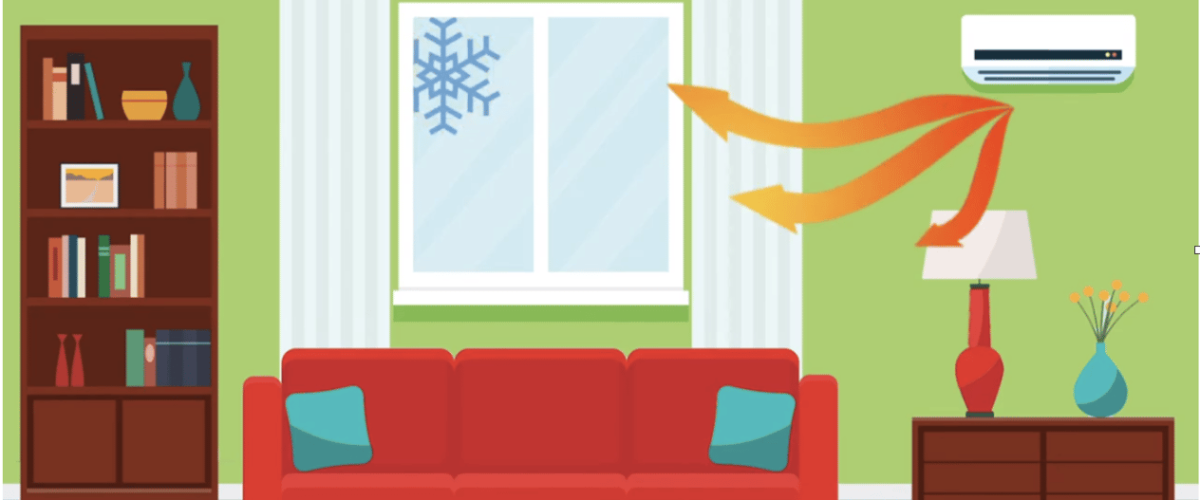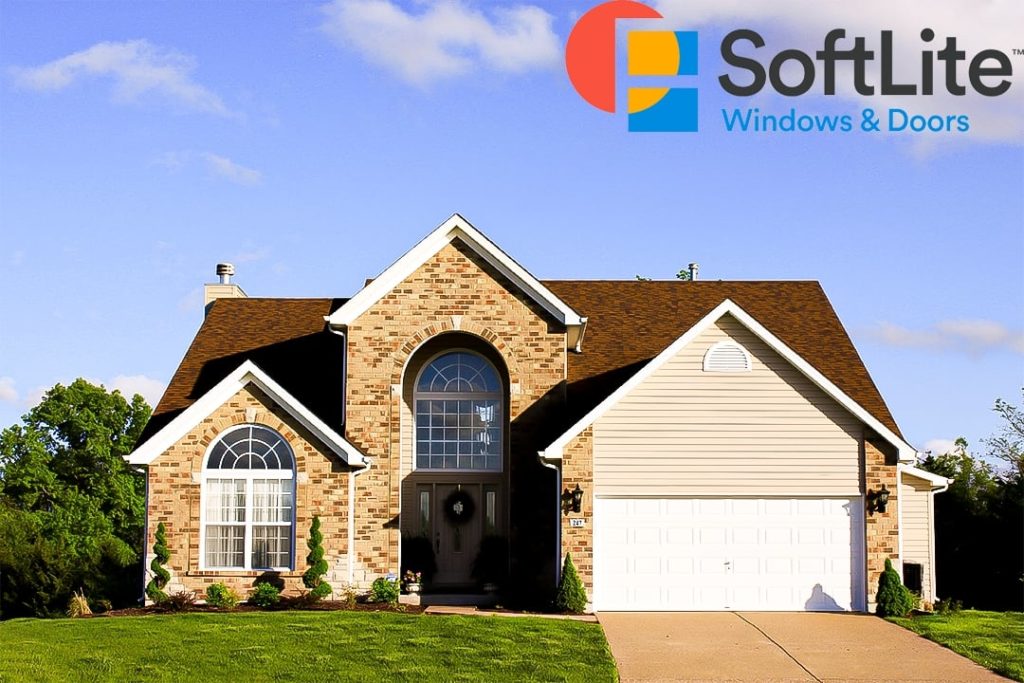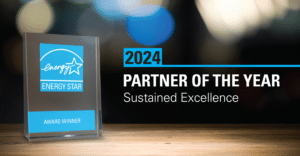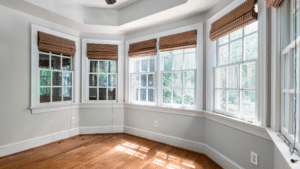With the cold weather here to stay for a while, homeowners are looking for ways to keep their home warm and comfortable without bankrupting themselves with increased heating bills. Windows are one of the best areas in your home to evaluate when it comes to energy efficiency, especially in the winter.
Consider homes in the Midwest. The Midwestern climate brings a wide range of weather, from freezing cold winters with the potential for blizzards, to warm, humid summers peppered with thunderstorms and strong winds. This mix of weather can make finding the perfect window replacement challenging, especially if you’re not sure what to look for.
Climate Zones
What separates an energy-efficient window from a regular replacement window? ENERGY STAR® certification is a main differentiator. If a window is ENERGY STAR certified, it has met strict guidelines to ensure energy savings and reduce greenhouse gas emissions. Under the program, the country is separated into four climate zones: Northern, North Central, South Central, and Southern. Windows are tested to be appropriate for the climate in each region.
Most areas in the Midwest fall into the Northern region, although you can search your specific location on the ENERGY STAR climate zone finder. Knowing which region your home falls into is the first step. There are other items to consider, such as home inefficiencies, energy goals, and even overhead trees and nearby shade that can impact the ideal U-factor and SHGC ratings for your home. These factors can make a lot of the difference for a homeowner.
Style and Material
When choosing a window style, it’s important to keep exterior and interior aesthetics as well as 2021 design trends in mind. It is equally important to consider local weather patterns. The snow, heat, winds, and rain that make up Midwest weather should influence your choice for your home’s windows. For Midwest weather patterns, casement windows, which perform well against high winds, are a popular option. Single- and double-hung windows are also popular and can be combined with gas fills and storm windows to help deflect wind and debris while also helping retain heat.
While wood is still a popular material in some areas, vinyl is a much more efficient material for a Midwestern home. Unlike wood, which can warp from temperature extremes and abundant precipitation, vinyl retains its shape. In addition, vinyl windows help prevent heat conduction and ensure your home stays comfortable no matter how hot it gets. SoftLite’s industry-leading vinyl windows exceed the established standards for energy efficiency, while remaining cost-effective, customizable, and durable enough to stand up to the harshest weather.
U-Factor and Solar Heat Gain Coefficient (SHGC)
Two of the most critical factors in choosing energy-efficient windows are U Factor and SHGC. Determined by the National Fenestration Rating Council (NFRC), these two measurements should always be taken into account when replacing your windows or doors.
U-Factor is the measurement of how well a window insulates. The usual range for windows is from 0.25 to 1.25, with a lower number indicating superior insulation. For homes in the Midwest that fall in the Northern region, the ideal window should come with a U-Factor equal to or below 0.30. Of course, surrounding factors like nearby trees, neighboring buildings, or any objects that block sunshine from entering your home can push that number a little lower to account for discrepancies. You cannot have higher than .30 in the northern zone,
SHGC is the measurement of how much solar energy is transmitted through a window. This measurement also indicates how well a window will block the radiant heat that accompanies direct sunlight on a window. Typically, the SHGC values for windows range between 0.25 and 0.80, with a higher number being indicative of more heat transmission.
Ideal SHGC numbers depend on your geography or ENERGY STAR zone. But for the Northern regions, a higher SHGC is especially important for windows with a higher U-Factor since the warmth that accompanies windows with a higher SHGC can help counteract the side effects of less-efficient insulation. For example, a window with a 0.28 U-Factor should have an SHGC of 0.32 or higher, while a U Factor of 0.30 requires an SHGC of at least 0.42. As with U-Factor, there may be other influences on or around your home that could push the ideal SHGC rating higher or lower. Finding your local dealer and having a professional look at your situation is often the best option for a homeowner.
Other Factors to Consider
Beyond relative performance ratings, there are other components to keep an eye out for when choosing energy-efficient replacement windows.
Air Infiltration
Also rated by the NFRC, air infiltration is the rate at which air passes through a window’s joints. A lower air infiltration number means a more energy-efficient window, with a value of 0.3 being the minimum standard for most buildings. All of SoftLite’s window products far exceed the minimum standard, offering AI ratings of .07. Meanwhile, the Elements window even boasts the best AI rating in the industry at .01.
Multiple Panes of Glass
Most energy-efficient windows in Midwestern homes should have at least two panes in each window. These layers of glass create a space or trap between the two panes, which can help insulate your home more efficiently than a single-pane window. For even more insulation, there is the option of triple-paned glass. SoftLite’s top-of-the-line triple-pane windows achieve some of the best NFRC ratings in the industry.
Gas Fills
While some double-pane windows only contain normal air, others may have argon, krypton, or other gas fills. These gases are odorless, colorless, non-toxic, and do a better job of insulating your home than windows without gas fills or with normal air.
Low-E Glass
Low-E glass windows have a special coating designed to reflect infrared and ultraviolet light. This helps keep your home cooler in the summer while retaining heat throughout the winter. Additionally, because this type of glass can reflect ultraviolet light, it helps protect your paintings, carpets, and pictures from the damaging effects of direct sunlight.
Buying Energy Efficient Windows
This winter, invest in comfort, security, and lower energy bills. SoftLite Windows and Doors are ENERGY STAR certified and hold Gold Label Certification from the American Architectural Manufacturers Association (AAMA). SoftLite products also feature excellent National Fenestration Rating Council (NFRC) ratings, demonstrating our commitment to providing energy-efficient, affordable products. We’re proud to continue our tradition of excellence year after year and strive to provide the highest quality windows and doors on the market. If you want more information about finding energy-efficient windows in the Midwest, find a dealer near you that can walk you through the process of choosing the best possible windows for your Midwest home.

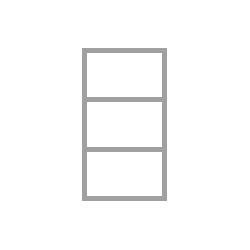
 Single Hung
Single Hung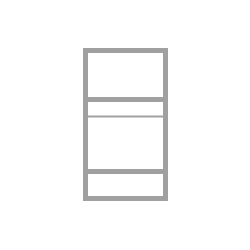
 Double Hung
Double Hung
 Casement
Casement
 Picture/Shapes
Picture/Shapes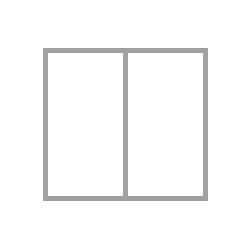
 Sliding
Sliding
 Awning & Hopper
Awning & Hopper
 Bay & Bow
Bay & Bow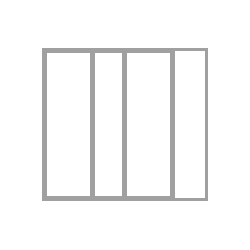
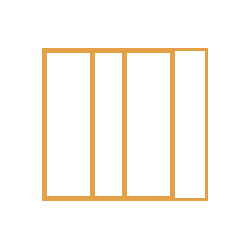 Sliding Patio Doors
Sliding Patio Doors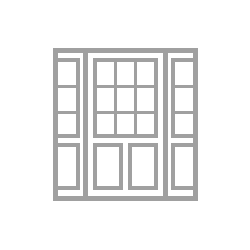
 Entry Doors
Entry Doors